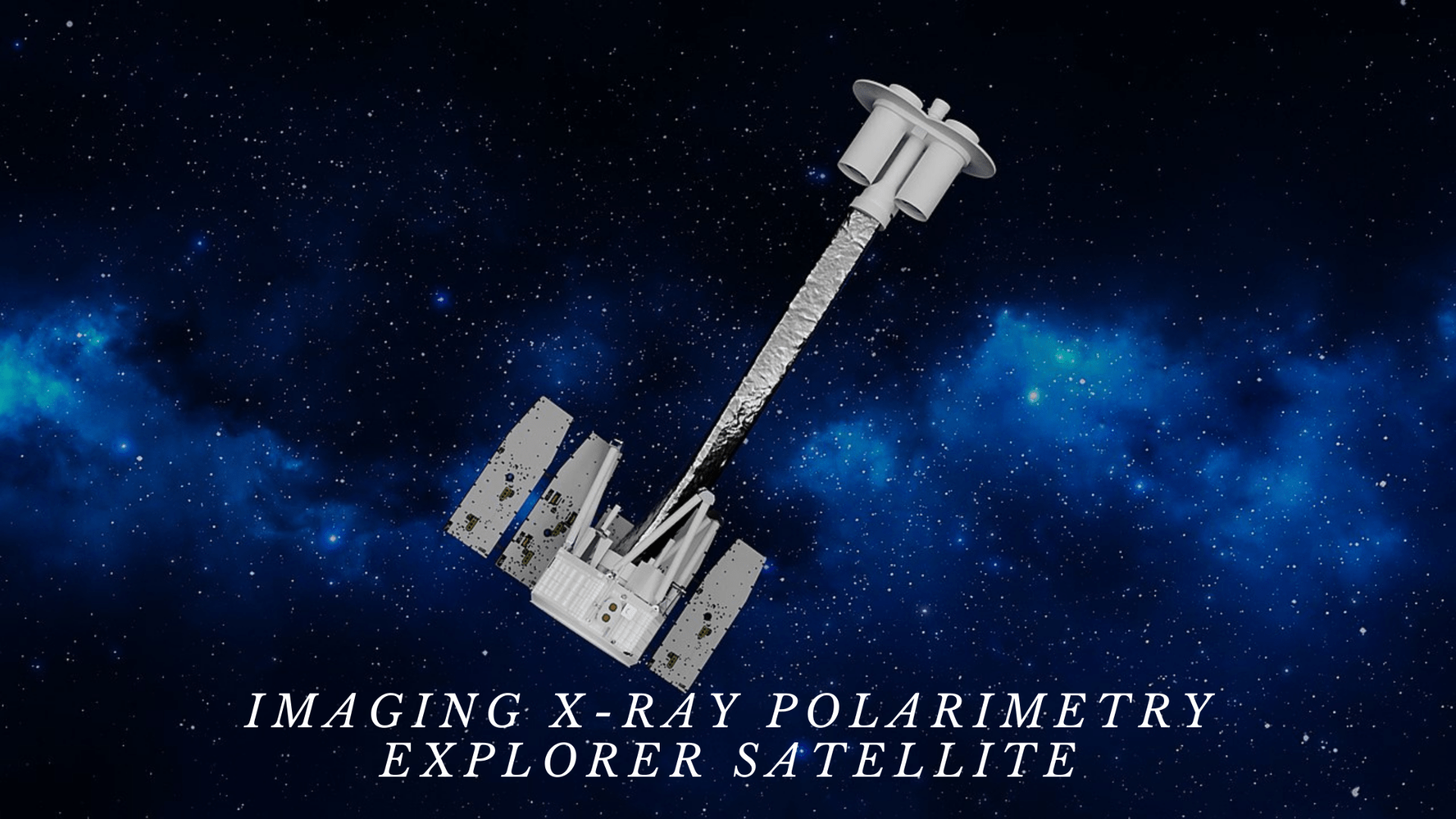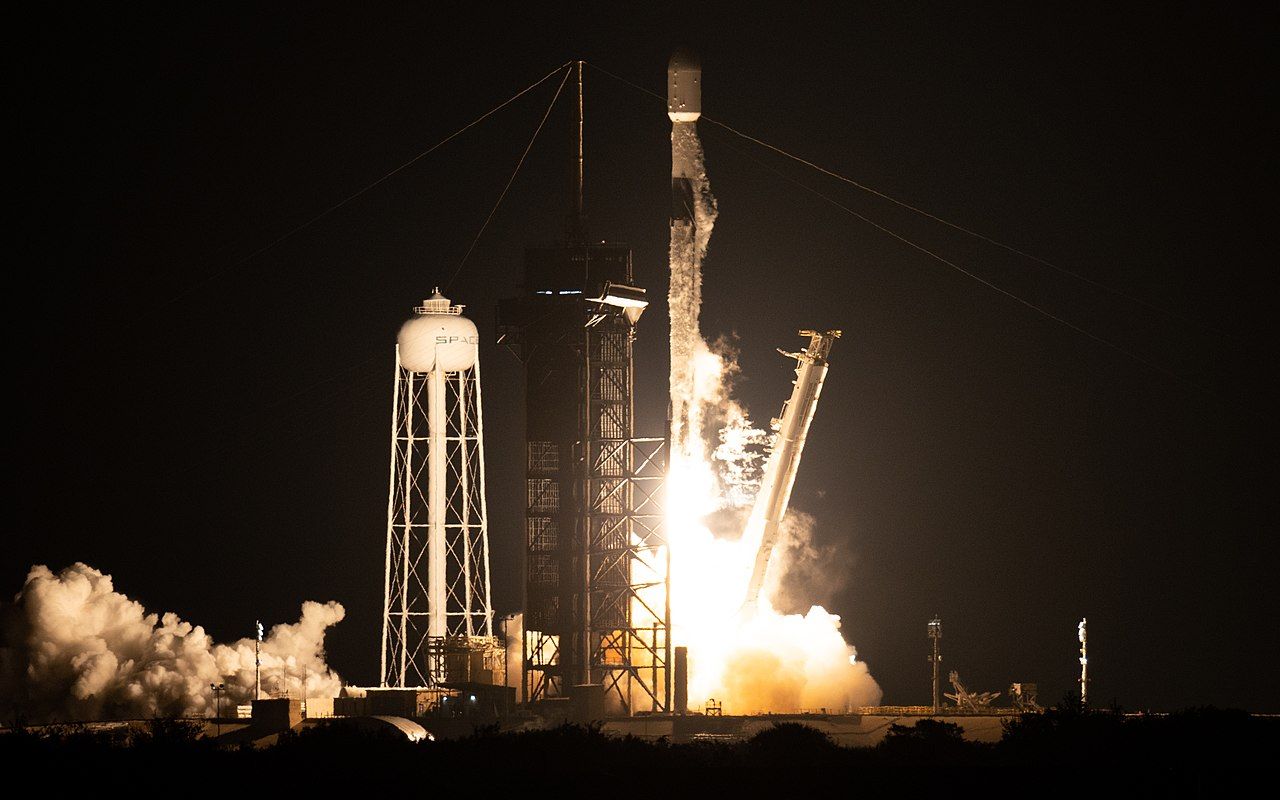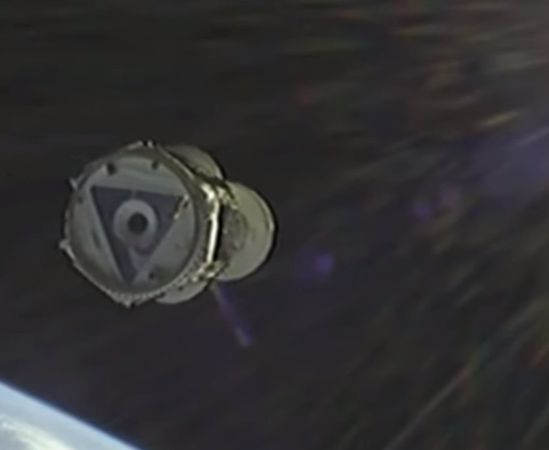
Imaging X-ray Polarimetry Explorer Satellite

The Imaging X-ray Polarimetry Explorer, IXPE, is a space observatory with three identical telescopes designed to measure the polarization of cosmic X-rays as part of the Explorer program. The observatory, launched on December 9, 2021, as part of an international collaboration between the Italian Space Agency (ASI) and NASA. The mission will study exotic astronomical objects such as black holes and neutron stars and map their magnetic fields. The high-energy X-ray radiation from the surrounding environment of these objects can be polarized. Studying this polarization reveals the physics of these objects and can provide insights into the high-temperature environments where they are created.
The IXPE mission was announced on January 3, 2017, and the ASI committed to providing the x-ray polarization detectors in June 2017. The mission's goal is to expand our understanding of high-energy astrophysical sources and processes in support of NASA's goal of discovering how the universe works. By gathering X-ray polarimetric and polarimetry imaging of cosmic sources, IXPE addresses two specific science objectives: determining the radiation processes and detailed properties of specific cosmic X-ray sources or categories of sources and exploring general relativistic and quantum effects in extreme environments.

The IXPE spacecraft was built by Ball Aerospace & Technologies, and other partners include the Massachusetts Institute of Technology (MIT), McGill University, Stanford University, Roma Tre University, and OHB Italia. On December 9, 2021, it was launched on a SpaceX Falcon 9 from NASA's Kennedy Space Center in Florida. The observatory's relatively small size and mass falls well short of the standard capacity of SpaceX's Falcon 9 launch vehicle. However, Falcon 9 had to get IXPE into the correct orbit because IXPE is designed to operate in an almost equatorial orbit with a 0° inclination. It was impossible to launch directly into a 0.2° equatorial orbit from Cape Canaveral, considering its location was 28.5° above the equator. Instead, it needed to be launched east into a parking orbit and then change inclination once the spacecraft crossed the equator.IXPE is the first satellite that is dedicated to measuring X-ray polarization from various cosmic sources. The equator-hugging orbit will minimize the satellite's exposure to radiation.
